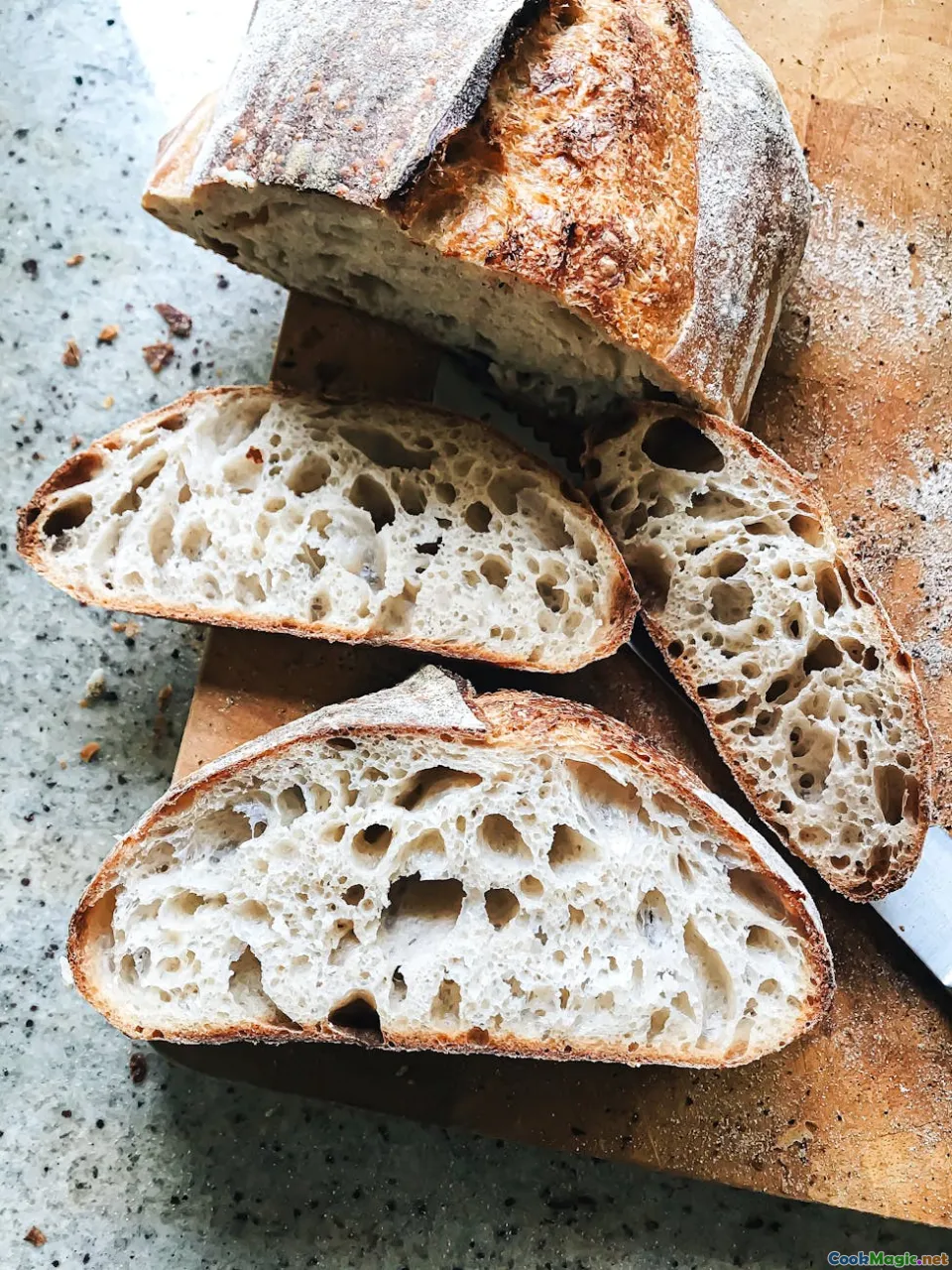Guide to Authentic Belarusian Sour Rye Bread
8 min read Discover the rich history, cultural significance, and baking secrets behind authentic Belarusian sour rye bread in this comprehensive guide. April 29, 2025 01:55
Guide to Authentic Belarusian Sour Rye Bread
Introduction: A Slice of Belarusian Heritage
Imagine walking through the quiet, lush forests of Belarus in early autumn. The air is crisp, carrying the earthy aroma of damp soil and ripening grains. In a rustic kitchen, an elderly woman kneels by a wooden table, her hands expertly shaping a dense, dark loaf that smells of tangy fermentation and ancient traditions. This is the essence of Belarusian sour rye bread — a humble yet profound staple that embodies centuries of cultural resilience, craftsmanship, and communal identity.
Belarusian sour rye bread isn’t just food; it’s a living legend, a symbol of the land’s history and spirit. Its distinct taste, chewy texture, and sour aroma evoke a sense of nostalgia and pride among Belarusians, and it’s a culinary treasure worth exploring for any food lover eager to connect with authentic Eastern European flavors.
The Cultural and Historical Significance of Belarusian Rye Bread
A Reflection of the Land and Climate
Belarus, often called the 'lungs of Europe,' has a climate and terrain perfectly suited for rye cultivation. Rye, resilient and hardy, became the backbone of Belarusian baking, especially among rural communities where wheat was less reliable. The cool, moist climate contributes to the unique flavor profile of the rye grains — earthy, slightly sour, and robust.
An Ancient Tradition
The tradition of sour rye bread in Belarus dates back over a thousand years. It was a bread for the people — affordable, nutritious, and long-lasting. During harsh winters and times of scarcity, sour rye bread provided sustenance and comfort.
Cultural Rituals and Social Bonds
Baking and sharing bread in Belarus are communal acts, woven into the fabric of everyday life. Families pass down recipes from generation to generation, and bakeries often serve as social hubs. The process of cultivating, fermenting, and baking sour rye bread is a ritual that preserves cultural identity and fosters community bonds.
The Art of Making Authentic Belarusian Sour Rye Bread
Ingredients: Simplicity and Quality
Authentic Belarusian sour rye bread relies on a few key ingredients, each contributing to its distinctive character:
- Rye Flour: Traditionally stone-milled, it provides the dense texture and sour flavor.
- Water: Clean, preferably filtered.
- Salt: Enhances flavor.
- Sourdough Starter (Zakvaska): The heart of the bread, a fermented culture of rye flour and water.
Note: Some recipes incorporate a small amount of wheat flour for lighter texture, but true Belarusian bread emphasizes pure rye.
The Fermentation Process
The cornerstone of the bread’s flavor is fermentation. The sourdough starter, called "zakvaska," is cultivated over days or weeks, developing complex acids and wild yeasts.
- Creating the Starter: Mix rye flour with water, allow it to ferment at room temperature, feeding it daily with fresh flour and water.
- Maintaining the Culture: Regular feeding keeps the starter alive, developing a tangy aroma and bubbly consistency.
Baking Techniques
Traditional Belarusian sour rye bread is baked in a clay or brick oven, which ensures even heat and a crisp crust.
- Shaping the Loaf: The dough is often elongated and topped with a pattern of slashes.
- Proofing: The shaped dough undergoes a final fermentation, which can last several hours.
- Scoring and Baking: Slashes are made to control expansion, and the bread is baked at high temperatures (~250°C) for a dense, chewy crumb.
The Baking Environment
In rural Belarus, baking in a wood-fired oven imparts a unique flavor, with slight smokiness adding depth. Urban bakers may use modern ovens, but traditionalists seek out wood-fired or brick ovens for authenticity.
Sensory Experience: Tasting and Savoring Belarusian Rye Bread
Visual and Textural Qualities
The finished loaf boasts a dark, caramelized crust — crackly yet resilient. Its interior is moist, dense, and slightly sticky, with a coarse crumb filled with irregular holes.
Aromatic Profile
A complex aroma emerges during baking: a tangy, malty scent intermixed with toasted notes and hints of sourness.
Flavor Profile
The flavor is robust and tangy, with a subtle sweetness from the rye’s natural sugars and a mildly sour aftertaste that awakens the palate.
Serving Suggestions
Belarusian sour rye bread is versatile:
- With Butter and Honey: For a simple, comforting snack.
- As a Base for Soups and Stews: Its hearty texture holds up well.
- With Cold Cuts and Cheese: Enhances savory flavors.
- Traditional Belarusian Meals: Often served alongside borscht or fried fish.
Personal Reflections and Tips for Home Bakers
Having tasted authentic Belarusian sour rye bread in both rural villages and bustling cities, I can attest to its soulfulness. While traditional baking requires patience and a bit of skill, modern bakers can still achieve impressive results at home.
Tips for Success
- Start with a Mature Sourdough Starter: Cultivate your own or acquire a live culture.
- Use Quality Rye Flour: Whole-grain stone-milled rye flour is ideal.
- Be Patient: Fermentation times vary; let the dough develop flavor.
- Bake with Love: The process is as important as the ingredients.
Final Thought
To truly appreciate Belarusian sour rye bread, immerse yourself in its history, craft, and cultural significance. Bake it with patience, share it with loved ones, and let each slice connect you to centuries of tradition rooted in the fertile Belarusian land.
Conclusion: An Enduring Culinary Heritage
Belarusian sour rye bread is more than just bread — it’s a testament to resilience, community, and the art of simple, honest baking. Whether enjoyed in a rustic village or a modern kitchen, it invites us to slow down, savor tradition, and celebrate the rich tapestry of Belarusian cuisine. So, roll up your sleeves, embrace the fermentation, and discover the soulful taste of Belarusian heritage in every dense, tangy bite.









